Cueva de Ambrosio in Velez Blanco municipality, Almeria is famous for its cave art dating back over 20,000 years
By Nick Nutter | Updated 4 May 2022 | Almería | Places To Go |
Login to add to YOUR Favourites or Read Later
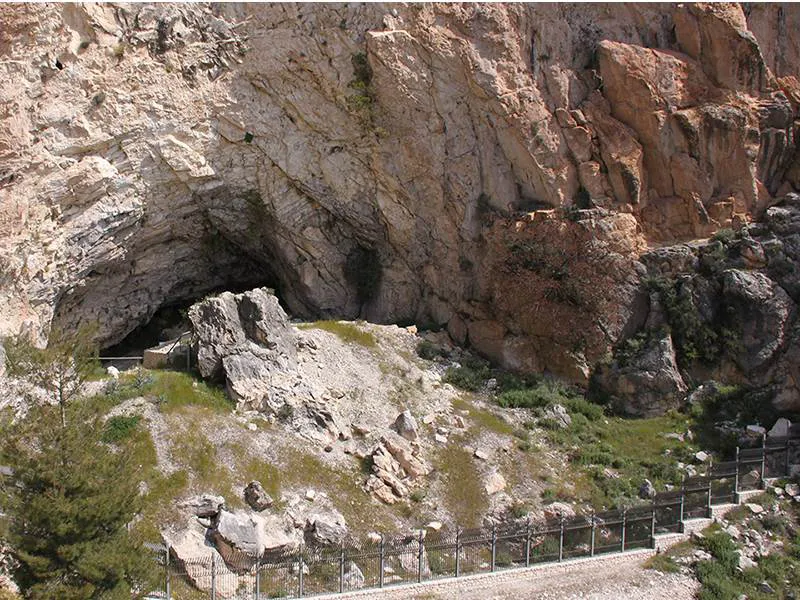
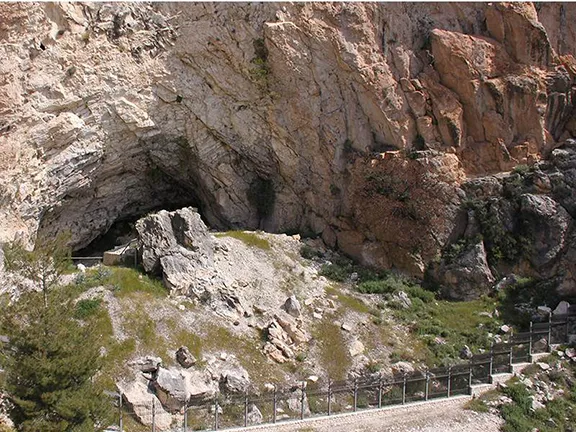
Cueva de Ambrosio
Between 8000 BC and 3500 BC, hunter gatherers and the Neolithic people that succeeded them, left a record of their passing in the form of cave art. Ambrosio cave shelter is notable for the depiction of a horse’s head worked in red ochre.
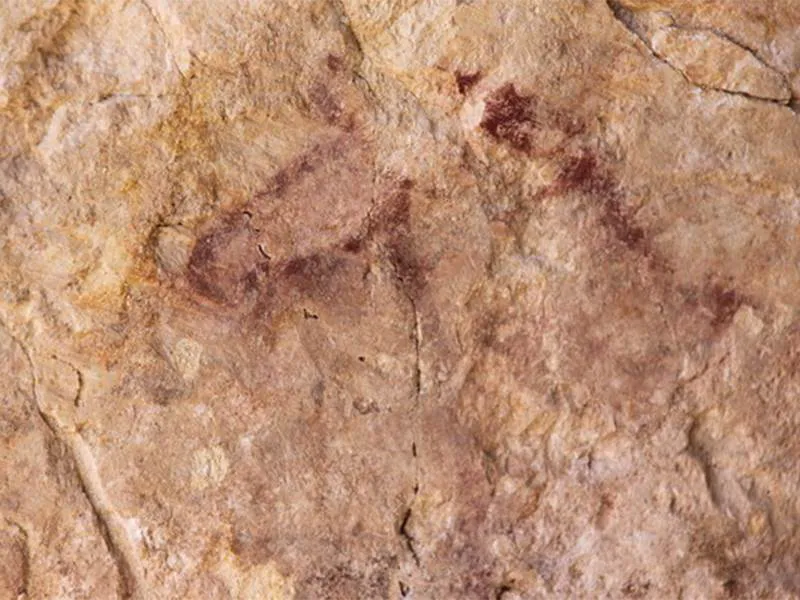
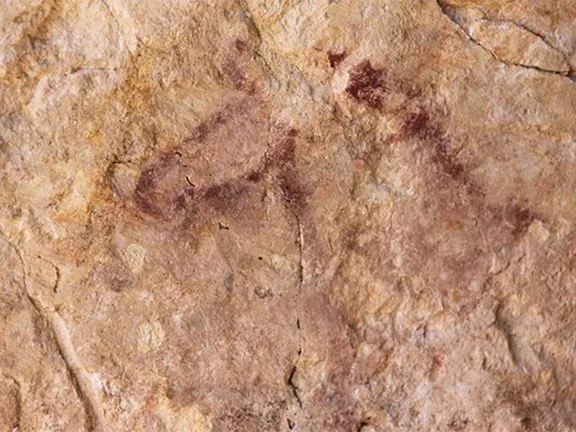
Horse's Head, Ambrosio
The cave shelter is 40 metres wide, 18 metres high and 17 metres in depth set in a limestone cliff some 100 metres high. It had been used as a seasonal occupation site since soon after modern man appeared in the Iberian Peninsula about 25,000 years ago. The shelter is at a crossroads of routes that lead through the Sierras from north eastern Spain into the Guadix – Baza depression in Andalucia.
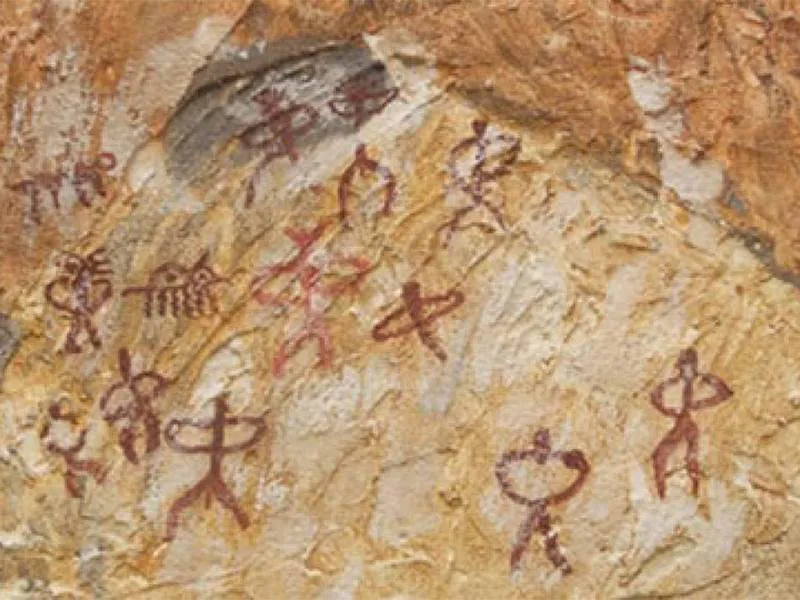
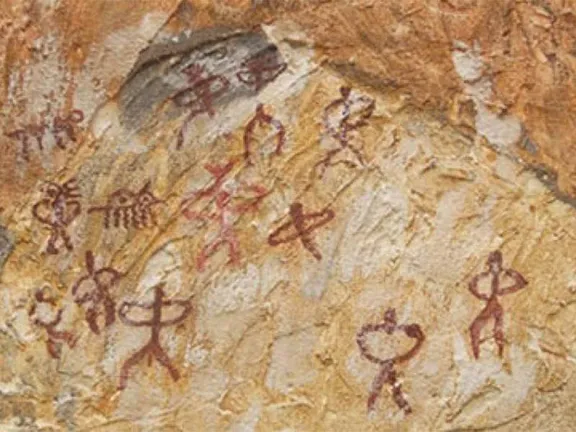
The best dates obtained from Ambrosio are from the late Mesolithic period, before 6000 BC. These dates are from remains left in the cave so the horse head painting may be a little earlier or a little later. The painting is in a style known as Levantine-style Prehistoric Painting, an indication that the dating is reasonably accurate. There are also highly schematic drawings of animals, goats and deer and humans, both male and female. The human figures are distinguished by having bowed arms and legs, again typical of the Levantine style. Of equal interest is an engraving of a human face in profile. It is thought to be 23,000 years old, placing it in the Solutrean period.
There are 727 sites in north eastern Spain with cave art, the largest concentration in the world and Almeria has 25 of them. The 727 rock shelters and caves in Valencia, Murcia, Catalonia, Almeria and parts of Granada and Jaen, comprise a group known as the Rock Art of the Iberian Mediterranean Basin that was declared a UNESCO World Heritage site in 1998.